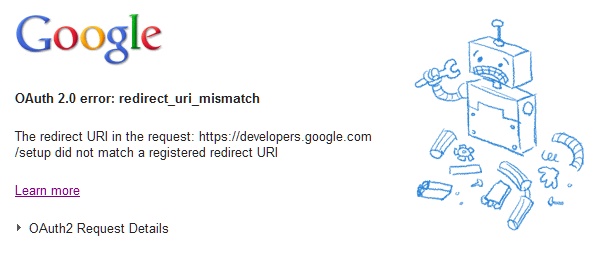Last week, United Nations gathered in New York, USA, to talk about prevention and control of non-communicable diseases (NCDs). Non-communicable diseases are non-infectious, of long duration and generally progressing slowly. Due to the fact they are not infectious, there is no pathogen to target and there is no transmission medium to fight. Due to their long duration and slow progression, one usually notices NCDs when it’s too late and eradicating NCDs is less spectacular than other (not less important) infectious diseases. However WHO measured that NCDs represents more than 60% of all deaths in the world. For the occasion, WHO released an introductory video that summarize the issue.
So there are 4 main non-communicable diseases:
- Cardiovascular diseases
- Diabetes (both of them represent 70% of deaths by NCDs)
- Cancers (~ 20% of deaths by NCDs)
- Chronic respiratory diseases (~ 10% of deaths by NCDs)
NCDs are not directly in the UN Millenium Development Goals but I already mentioned they represent 4 of the top 5 killers in the USA. Two of them are also in the top 5 killers worldwide. If the Millenium Goals succeed, non-communicable diseases will be the next big issue in health.
Although NCDs were considered as a disease limited to high income countries (with infectious diseases affecting low income countries), this is not really the case anymore. For instance, the map of male deaths due to cardiovascular diseases and diabetes in 2008 shows an approximately uniform rate in high income countries with some higher rates in low income countries (especially on the African continent).

If you are looking for more numbers, visit the WHO Global Health Observatory on Noncommunicable diseases.
If nothing is done, the incidence of NCDs will increase. On top of being a health issue, a matter of life and death, it will also become an economical problem as the costs of treatment as well as the indirect costs will also dramatically increase (increase per case treated and increase due to the number of cases treated).

If you are looking for more figures about the cost of non-communicable diseases, here are two detailed reports recently published:
- WHO: Scaling up action against noncommunicable diseases: How much will it cost?
- Harvard School of Public Health and the World Economic Forum: The Global Economic Burden of Non-communicable Diseases
In a nutshell, non-communicable diseases are everywhere and the future doesn’t look happy. However …
However risk factors are identified and many of them are related to our own lifestyle:
- Physical inactivity
- Unhealthy diet
- Tobacco use
- Harmful use of alcohol
To end on a positive note, all these risk factors can be easily controlled and for a limited additional cost. For instance, governments can protect people from tobacco (taxes as well as bans on tobacco advertising, promotion and sponsorship, …) and alcohol (access restriction, bans on advertising, …) as well as promote public awareness about diet and physical activity. Companies can also promote healthy diet and physical activities to their employees. On top of that, the food industry can also include relevant actions in their corporate social responsibility policies. Finally on a personal level, we can increase our physical activity, increase fruit and vegetable intake, reduce our use of tobacco and alcohol, etc. Simple, cheap actions ; huge interesting consequences.








